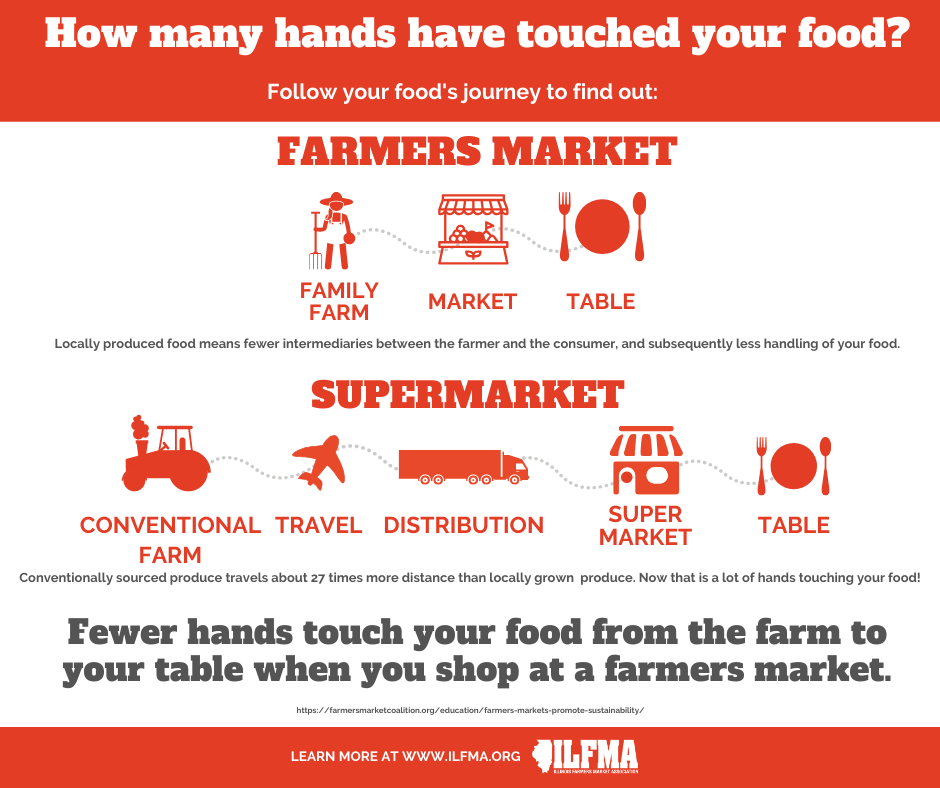During my experience working for an artisan company that produces fresh cheese, I realised how logistics departments work in the food industry, all the steps that exist from the moment an order is received until it is delivered to the customer company and made available to the consumer.
First of all, in my company Granja Rinya, logistics and orders were part of the same department, because depending on the number of orders received, a certain number of trucks will be required to transport the goods to the customers.

Receiving the orders
With regard to orders, there were two types of customers.
- The first, known as platforms, are supermarkets such as Mercadona, Consum, Carrefour, Día and El Corte Inglés, whose orders are received through a web portal that collects all orders and goods receipts.
- On the other hand, there are the traditional shops in cities such as butcher’s shops, restaurants or even schools, which need the product to prepare meals for pupils and orders are placed by telephone.
Once all the orders for the day have been collected, they are sent to the production department which, in a period of 2 days, prepares, packs and prepares the product to be loaded onto lorries. It is at this point that the finished product is distributed to the two types of customers.
Delivery of products to customers
In the case of supermarkets, the distribution of cheese is done through transport agencies that collect the goods from the suppliers and deliver the product to the customer (most of these supermarkets have logistics centres that collect all the ordered goods and then distribute them to all their shops themselves).
In the case of butcher’s shops, restaurants and schools, the artisan company has a fleet of trucks that deliver the cheese to the customers. For this purpose, routes are designed in which customers have been assigned according to where they are located.

Finally, once all the orders have been served, the complaints period begins where customers complain that they have not received the products they ordered or that they have received them in poor condition, that they have received them with little expiry date remaining or that they have received them late. This is the responsibility of customer service, which is also linked to the logistics department.


